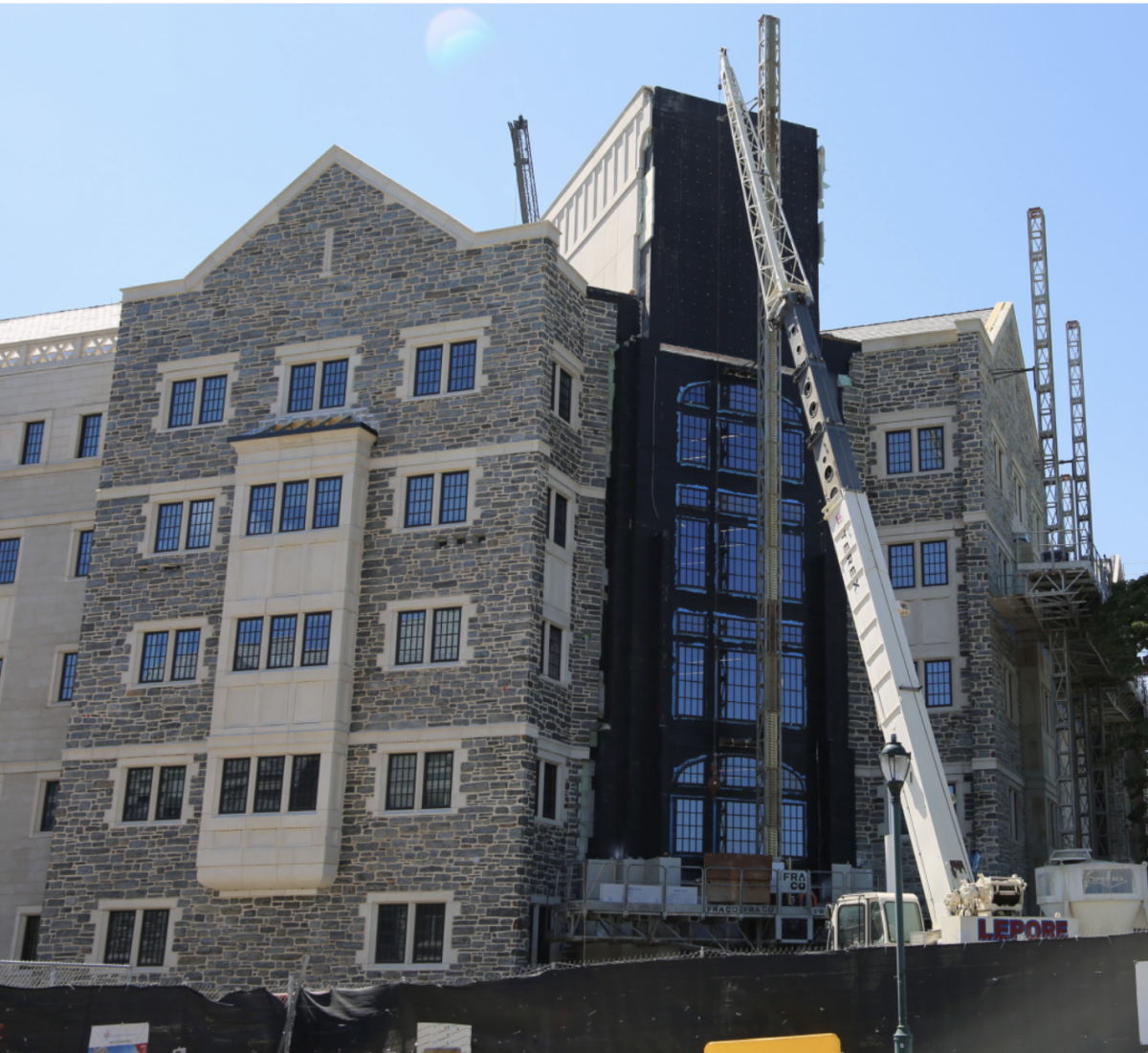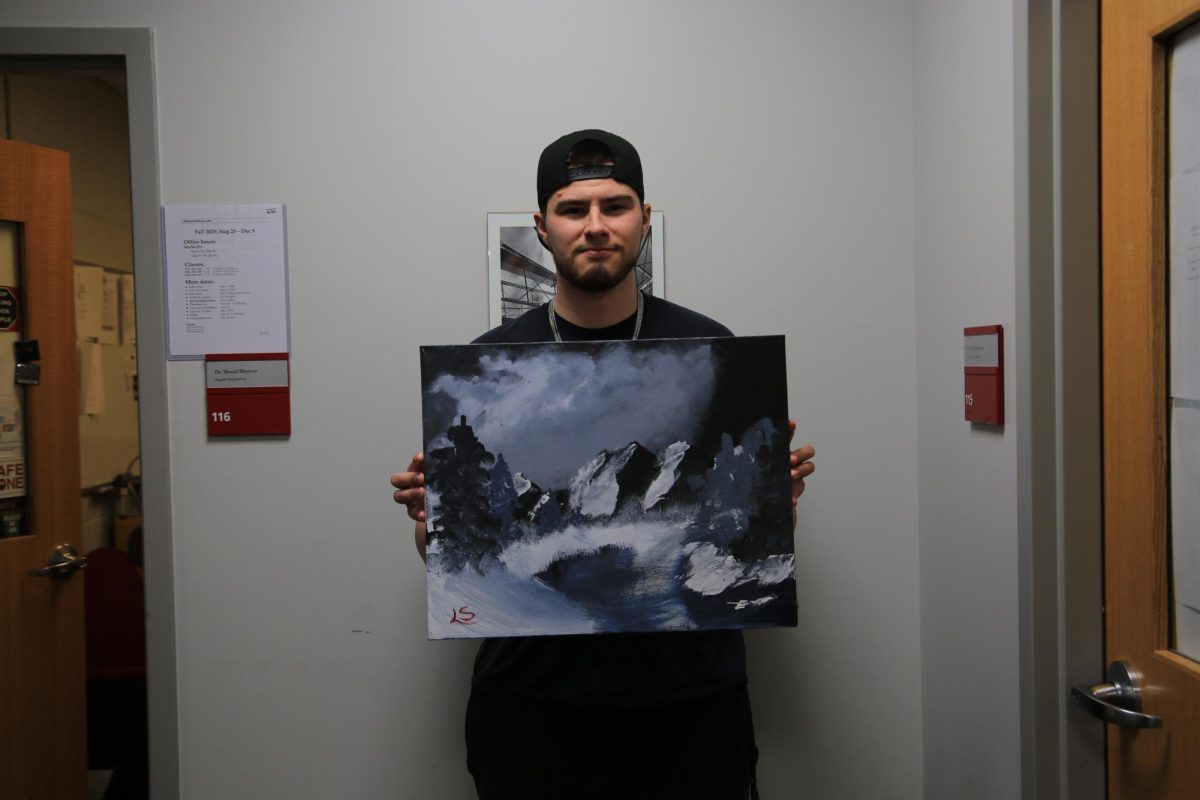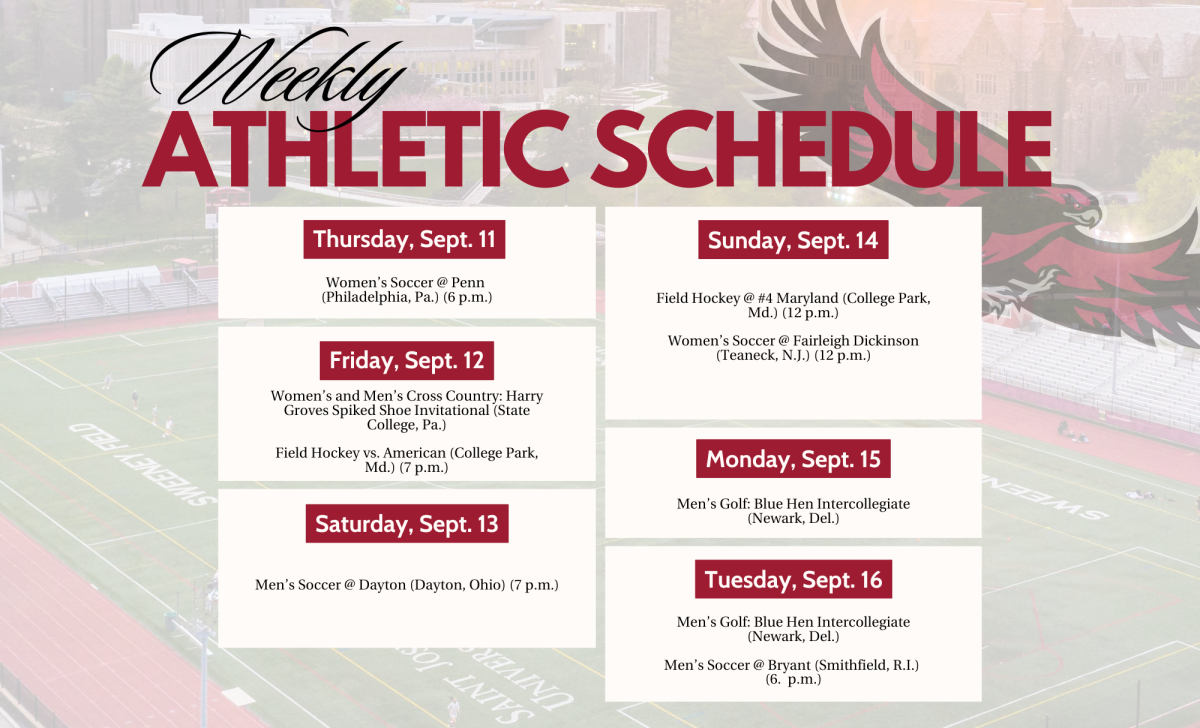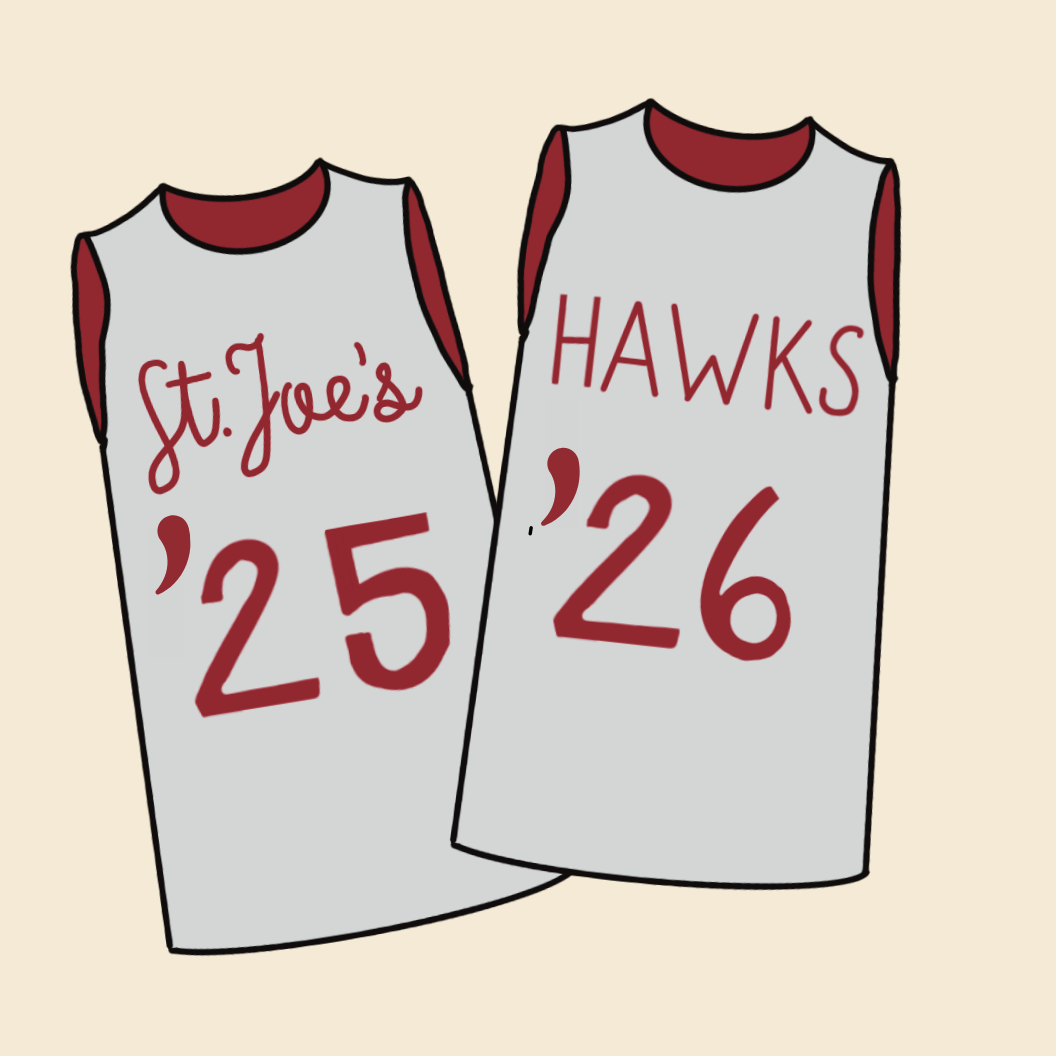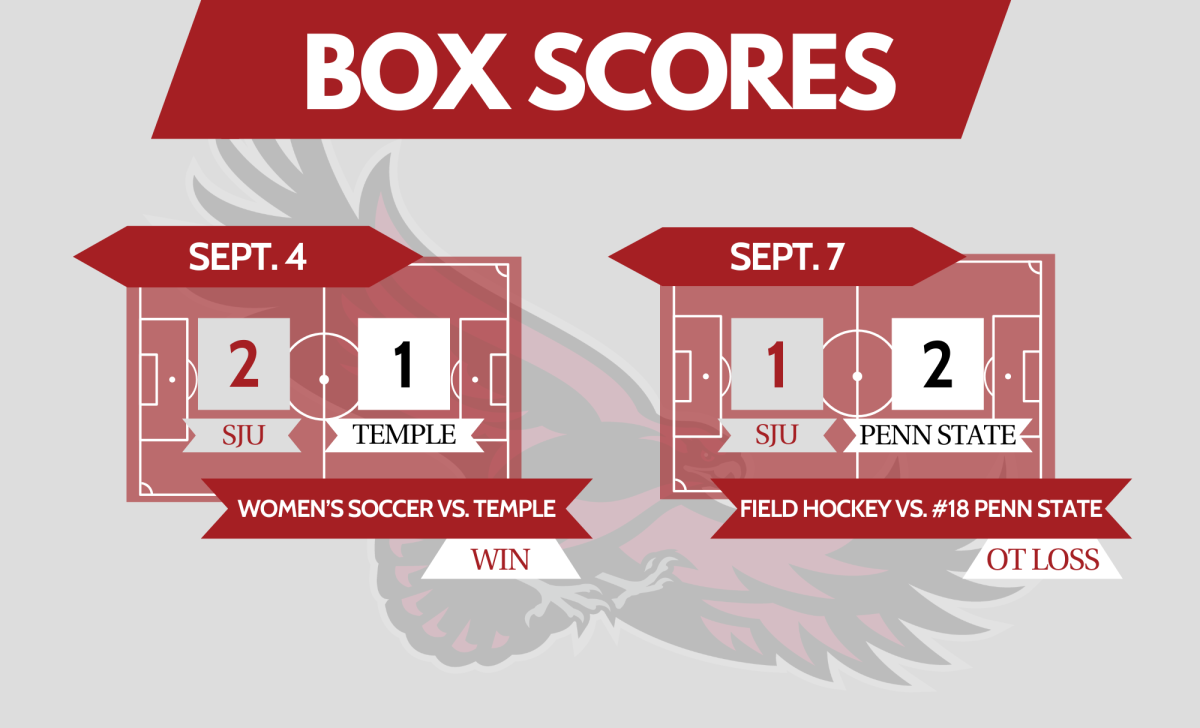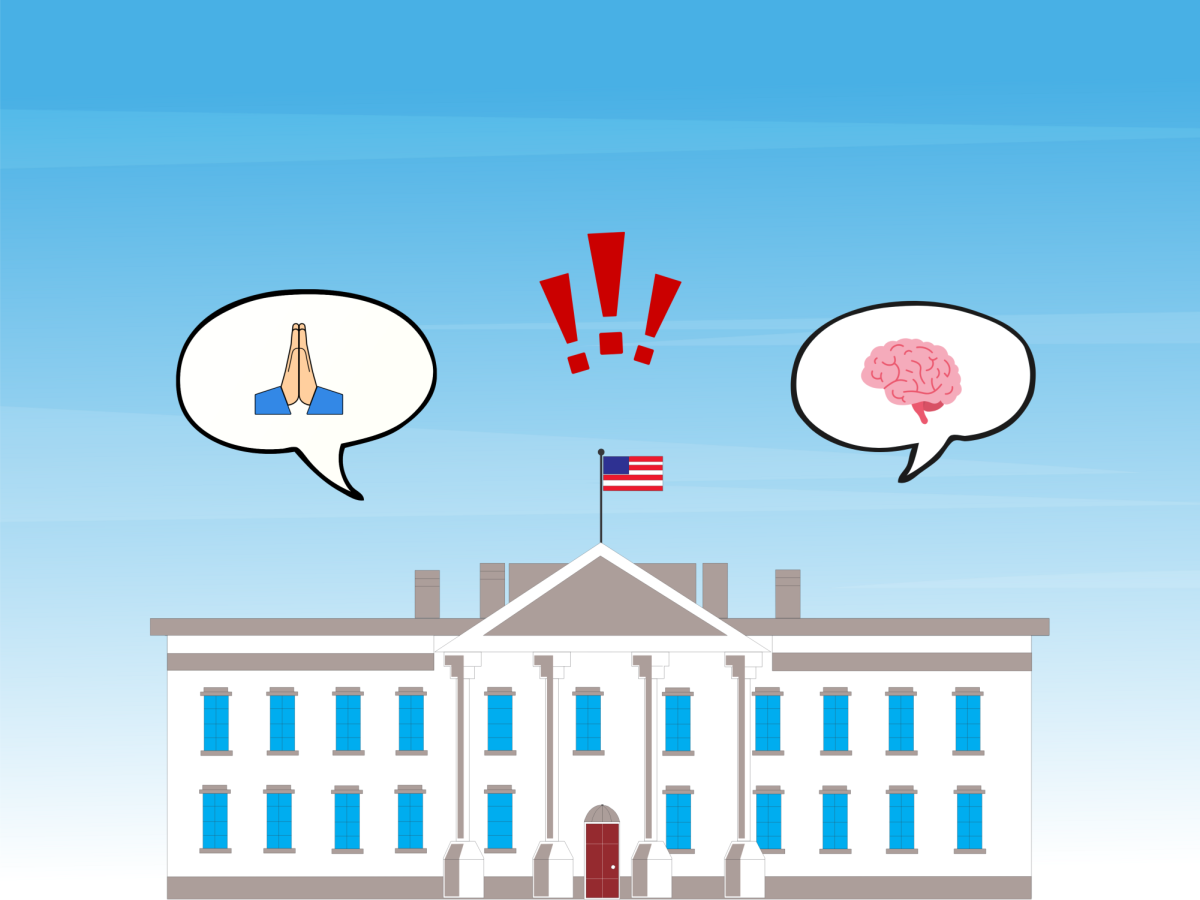I want to begin with some critical statistics. First, by approximately 2042, America will become a majority-minority nation, which is already the case for Americans under 16 since 2019. Second, in 2024, 21% of Black Americans are either immigrants from Europe, Africa or the Caribbean, or are the children of these immigrants. Yes, one in five Black Americans originate from somewhere else directly or recently. Often lost in the fold of the anti-immigrant narratives that are too prevalent and increasing in contemporary America are the changing dynamics of historic American groups.
As argued by Michael Gomez in his classical text, “Exchanging Our Country Marks,” the transition from African ethnic groups to the Black racial category in America was marked by an increasingly vague understanding of Africa. This transition was historically reflected in institutions such as the African Methodist Episcopal Church (AME) and the African Episcopal Church, both founded in Philadelphia, where the continent of Africa replaced more specific connections, such as Yoruba or Zulu.
The new Black Americans are reversing this trend as they connect back to a specific place in Africa and continue to maintain these ties. They continue to add to both Black American institutions and create their own. Similar to the nativist narratives that ignore the many contributions of immigrant groups, there is a growing conflict between groups of African descent in America. This trend ignores all of the contributions from African immigrants to society, very visibly, like that of Black Americans in the fields of the arts and sports.
For example, Nigerian Americans have made their mark even in the most American of sports, such as American football. By way of Great Britain, two-time Super Bowl winner Osi Umenyiora (of Nigerian descent) and from my native team, the New York Giants, was once a rarity on the gridiron. It is rare for an NFL team to not have a player of Nigerian descent. In addition, after retiring, Umenyiora, through the African initiative, brought in eight players directly from Africa in 2023 alone. These players joined the dozens of new Black Americans (mainly of Nigerian descent) in the NFL.
These contributions are mirrored in the musical arts as hip-hop stars like Wale, Gabriel Teodros, the Weeknd and K’naan follow the path of Caribbean stars of past generations like Busta Rhymes, The Notorious B.I.G., Wyclef Jean and Slick Rick. In terms of Black Europeans who have contributed to the arts, one does not have to go beyond the classic film “Black Panther,” where Black Brits like Letitia Wright (Shuri) and Daniel Kaluuya (W’Kabi) join forces with the Tobagonian-Rwandan Winston Duke (M’Baku), the Zimbabwean-American Danai Gurira (Okoye), the Kenyan-Mexican Lupita Nyong’o (Nakia) and the more traditional Black Americans (earlier members of the African Diaspora), Chadwick Boseman (T’Challa) and Michael B. Jordan (Erik Killmonger).
While Europe, Africa and the Caribbean are becoming more Black American, Black America, at the same time, is becoming more European, African and Caribbean. I enjoy the increasing likelihood of laughter from St. Joe’s students of Ibo descent at my horrible pronunciation of Ibo names like “Unachukwu” or my ability to pronounce names like NBA Champion and two-time MVP “Giannis Antetokounmpo,” which I learned playing “NBA Playgrounds 2” on PlayStation.
I am looking forward to seeing more things in the culinary world as well, such as Gojjo’s (a Philadelphian-Ethiopian restaurant) Ethiopian cheesesteak, as well as the inevitable entry of Black Americans into the annual Jollof Rice Festival in Chicago.



